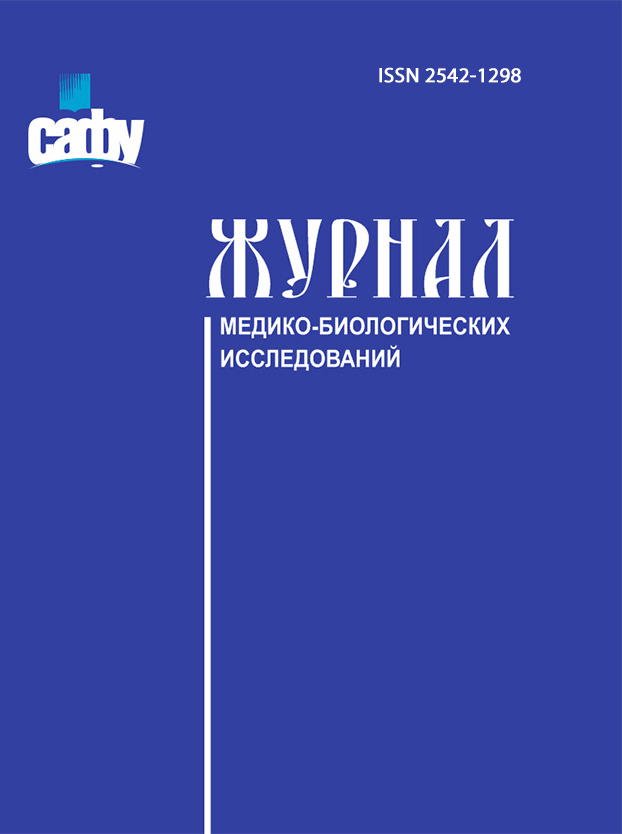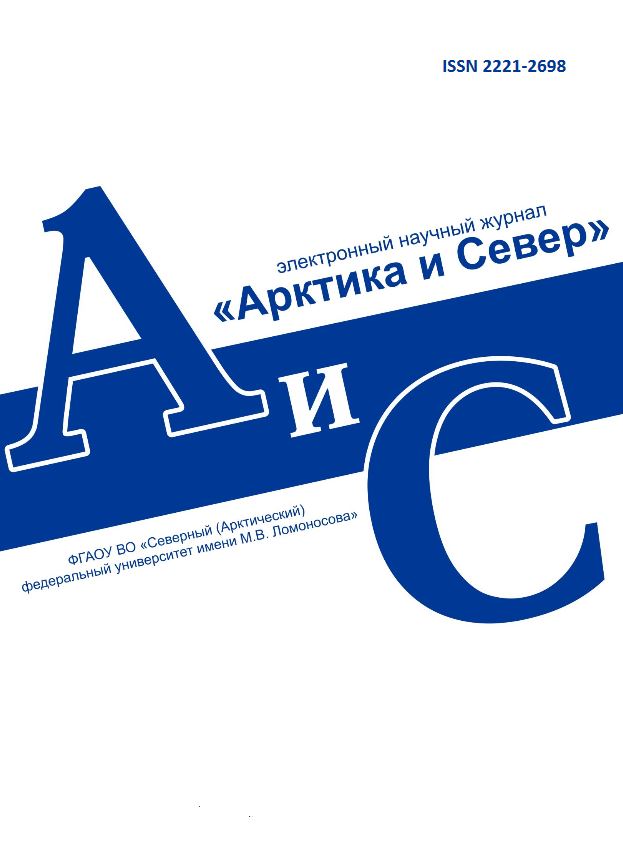
Vestnik of Northern (Arctic) Federal University.
Series "Humanitarian and Social Sciences"
ISSN 2227-6564 e-ISSN 2687-1505 DOI:10.37482/2687-1505
Legal and postal addresses of the founder and publisher: Northern (Arctic) Federal University named after M.V. Lomonosov, Naberezhnaya Severnoy Dviny, 17, Arkhangelsk, 163002, Russian Federation Editorial office address: Vestnik of Northern (Arctic) Federal University. Series "Humanitarian and Social Sciences", 56 ul. Uritskogo, Arkhangelsk
Phone: (8182) 21-61-20, ext. 18-20 ABOUT JOURNAL |
Section: Linguistics Download (pdf, 0.4MB )UDC81’373.2DOI10.37482/2687-1505-V320AuthorsDina V. Zakharova1*Senior Lecturer, Education and Research Cluster “Institute of Education and the Humanities”, Immanuel Kant Baltic Federal University (address: ul. Chernyshevskogo 56a, 236000, Kaliningrad, Russian Federation) Lyudmila M. Bondareva2 Dr. Sci. (Philol.), Assoc. Prof., Prof. at the Education and Research Cluster “Institute of Education and the Humanities”, Immanuel Kant Baltic Federal University (address: ul. Chernyshevskogo 56a, 236000, Kaliningrad, Russian Federation). 1 e-mail: dina.zakharova13@gmail.com*, ORCID: https://orcid.org/0000-0002-3596-8359 2 e-mail: bondareva.koenig@mail.ru, ORCID: https://orcid.org/0000-0001-9631-0860 AbstractThe article presents an analysis of the semantic parameters of quasi-anthroponyms utilized in English-language accompanying texts for fantasy computer games. As a first step, we developed an approach to clarify the term quasi-anthroponym, which had been subject to various interpretations in scholarly publications. Quasi-anthroponyms are defined here as names of animated fictional objects that function as characters within the virtual worlds of video games. Taking into account the correlation between real and fictional elements, fantasy characters are categorized based on the degree of their fictionality. Quasi-anthroponyms naming characters of highly fictional game universes are classified into three major groups according to their semantic potential. The primary semantic parameters underlying this classification include indications of the character’s appearance, specific characteristics and combinations of certain features, such as the character’s functions in the game universe. The significance of this research lies in expanding the field of anthroponymic studies by incorporating relevant language material from virtual game discourse. Moreover, the practical implications are demonstrated through the potential use of these findings in lectures and seminars on contemporary English lexicology and stylistics, as well as in the analysis of texts of fantasy video games in language teaching. This aligns with the growing trend towards gamification of modern educational practices. Ultimately, this study establishes substantive criteria underlying the creation of English-language names for fictitious characters in the realm of fantasy video games. In addition, inventorization, systematization and classification of these linguistic units were conducted.Keywordsanthroponyms, quasi-anthroponyms, fantasy video games, degree of fictionality, semantic parameters, English-language videogame discourseReferences
|
Make a Submission
INDEXED IN:
|
Продолжая просмотр сайта, я соглашаюсь с использованием файлов cookie владельцем сайта в соответствии с Политикой в отношении файлов cookie, в том числе на передачу данных, указанных в Политике, третьим лицам (статистическим службам сети Интернет).






